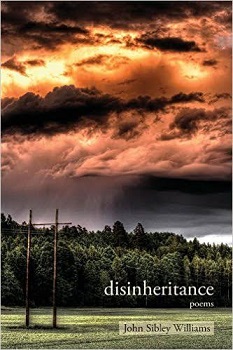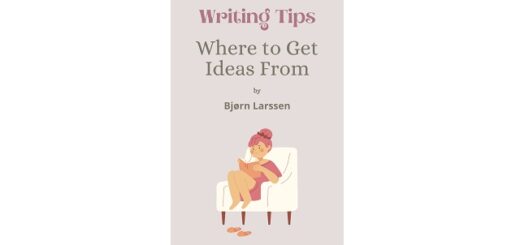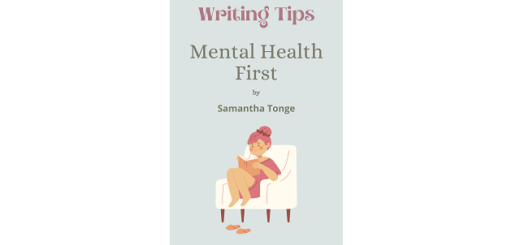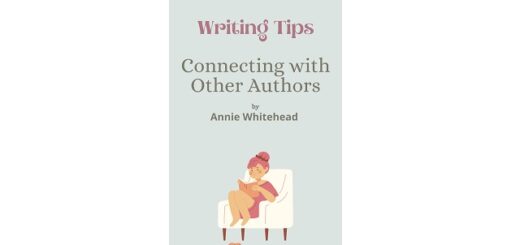13 Tips and Techniques for Writing Powerful Poetry by John Sibley Williams – Writing Tips
13 Tips and Techniques for Writing Powerful Poetry by John Sibley Williams – Writing Tips
Each week we will feature tips from authors on a variety of subjects that are there to help authors and new writers. This week we feature author John Sibley Williams with his 13 Tips and Techniques for Writing Powerful Poetry. This post contains affiliate links.

John Sibley Williams is the editor of two Northwest poetry anthologies and the author of nine collections, including Controlled Hallucinations (2013) and Disinheritance (2016). A five-time Pushcart nominee and winner of the Philip Booth Award, American Literary Review Poetry Contest, Nancy D. Hargrove Editors’ Prize, and Vallum Award for Poetry, John serves as editor of The Inflectionist Review and works as a literary agent.
Previous publishing credits include: The Midwest Quarterly, December, Third Coast, Baltimore Review, Nimrod International Journal, Hotel Amerika, Rio Grande Review, Inkwell, Cider Press Review, Bryant Literary Review, RHINO, and various anthologies. He lives in Portland, Oregon.
Author Links
13 Tips and Techniques for Writing Powerful Poetry
1) Choose a title that provides context for the poem, be it the overarching metaphor or a significant detail/image. Let the title do much of the heavy lifting.
2) Focus on the significance, weight, and impact of each word.
3) Concentrate on tension. Each line counts so make them play with and struggle against the next; let them build upon and sometimes even dismantle each other.
4) Cull extraneous words, unfocused images, and extended monologue.
5) Ensure your first and last lines are powerful, as they respectively introduce readers to your world and define the poem’s lasting impression.
6) Consider carefully each line and stanza break, as well as the placement and usage of punctuation.
7) Ensure each image and detail doubles as both metaphor and grounded anchor, eliminating those that don’t serve a grander purpose.
8) Keep a consistent tone, mood, and voice throughout.
9) Juxtaposition is your friend. Providing contrasts is hugely significant. Poetry can pit images against each other and certain words against their assumed meanings. These contrasts (and in some cases outright contradictions) make readers stretch their imagination and hopefully perceive the real world differently.
10) Never stray far from the poem’s core metaphor.
11) Avoid over-explaining, allowing readers to come to their own conclusions instead.
12) Consider the use of intuitive and imaginative (sometimes even surreal) leaps in the poem’s narrative. Trust the reader to make those leaps with you.
13) Be a child again. Yes, force yourself to revert to childhood perception. Do you remember when the moon was made of cheese? Do you remember when you questioned the reality behind absolutely everything? When you would look up at a tree or a parent or the roof of your house and without meaning to create a metaphor? Childhood is when everything that exists in the tangible word exists in a different form in the mental world. This is the place we must return to when creating beautiful, compelling poetry. The entire world can be a metaphor again!
Publisher – Apprentice House
Pages – 98
Release Date – 1st September 2016
ISBN 13 – 978-1627201315
Format – ebook, paperback

A lyrical, philosophical, and tender exploration of the various voices of grief, including those of the broken, the healing, the son-become-father, and the dead, Disinheritance acknowledges loss while celebrating the uncertainty of a world in constant revision.
From the concrete consequences of each human gesture to soulful interrogations into “this amalgam of real / and fabled light,” these poems inhabit an unsteady betweenness, where ghosts can be more real than the flesh and blood of one’s own hands.
Purchase Links
Amazon.com






